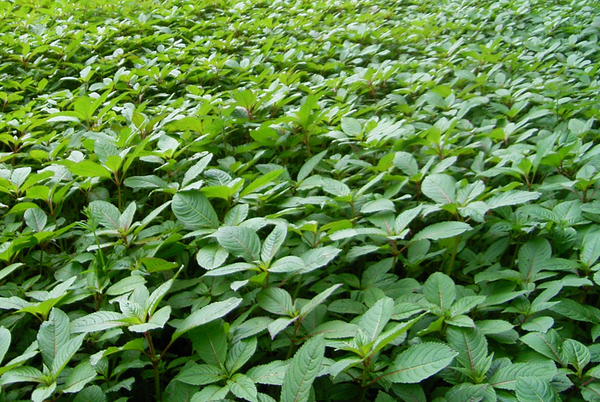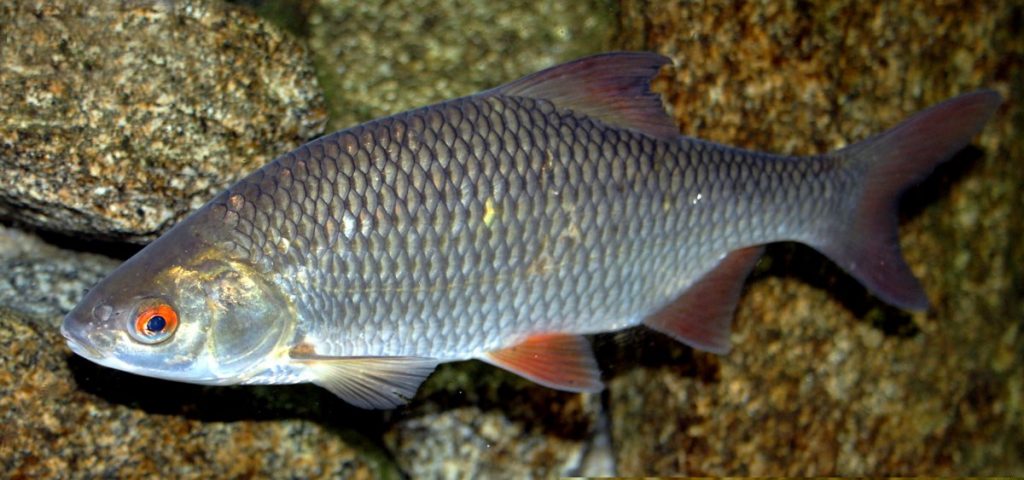Classical biological control of Drosophila suzukii with Asian parasitoids
The soft-fruit pest Drosophila suzukii, or spotted-wing drosophila (SWD), is particularly difficult to control because of its short generation time and its very broad host range, including many wild and ornamental plants. The pest has been causing damage to fruit crop in Europe as well as North America where damages costing $500million were reported in…
Giant Rodent Invasion: The Coypu
Listed as among the Top 100 of the world’s worst invasive species, the coypu (also known as nutria) can cause severe damage to the environment in countries where it is an introduced species. Largely introduced as stock for fur farms and for private ownership, it has spread from its native range in South America to…
Clear water ahead
Last month the International Institute for Sustainable Development (IISD) reported that an international measure that aims to prevent the spread of invasive aquatic species had come into force (see the full article on the IISD website).
Protected areas defend wildlife from invasive species
Nature reserves, national parks and marine protected areas have been proven to effectively shield native wildlife from the impacts of invasive species, in a new study published this week in the journal Global Change Biology.
Invasive plants to devastate annual wildebeest migration
According to new research, scientists found that a number of invasive alien plant species initially introduced as ornamental plants at tourism facilities are now spreading rapidly throughout the Serengeti-Mara ecosystem, posing a major threat to wildlife, including the annual wildebeest and zebra migration as well as a range of other plant and animal species.
Controlling the European earwig on the Falklands
Contributed by Norbert Maczey, CABI The European Earwig, Forficula auricularia (order Dermaptera) was recently introduced to the Falkland Islands and has since become locally common in Port Stanley and a number of settlements in both East and West Falkland. Since its introduction this invasive species has caused considerable problems ranging from yield losses in horticulture…
Highlighting forests’ vulnerability to invasive species
After habitat destruction, invasive alien species are the second biggest threat to biodiversity worldwide. It has a significant impact on livelihoods and the economy, incurring losses of USD$1.4 trillion a year. Prior to 2012 many South-East Asian countries lacked the policies and information on the presence, distribution and impact of invasive species to properly manage this…
The locust invasions devastating Niger
It is the end of December 2016, with clear skies over Niger. But as 2017 draws near prospects are grim for some 500 residents in Bani Kosseye, a village 80km from the capital Niamey. Agricultural production has been poor here, and families’ meagre stocks are expected to run out within a few weeks. People already fear…
CABI’s new biocontrol video
CABI has produced a new video which focuses on how we are using biological control, or biocontrol, to manage some of the worst invasive species that are affecting farmers’ livelihoods.
CABI’s ISC datasheets contribute to regulatory action against high-risk freshwater invasive species in the USA
Aquatic invasive species threaten aquatic resources by negatively impacting native organisms and altering ecosystems. They have a competitive advantage over native species because they lack natural enemies to control their spread, they grow and reproduce rapidly, and also adapt to a wide range of environmental conditions.



